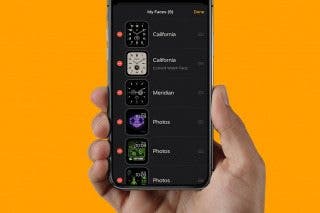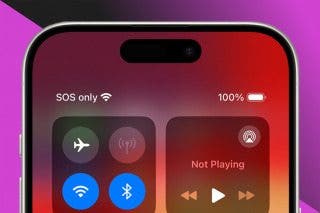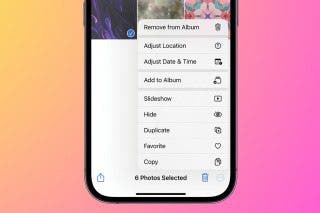What Is NFT Crypto Art? Understanding the NFT Art Marketplace
Everyone is talking about NFTs. But what is NFT crypto? I'll explain everything you need to know about NFTs and the NFT Art Marketplace.


NFTs are all the rage, and you probably have many questions about them. I will explain the entire concept behind NFTs, introduce you to the NFT art marketplace, and show you different examples of NFTs.
What Is NFT Crypto Art?
NFT stands for non-fungible token, and it is stored on a type of database called a blockchain. Non-fungible means that it is uniquely identifiable, and although it can be sold and traded, it is non-interchangeable. Cryptocurrency is also stored on blockchains, but it is fungible, like standard currencies.
Dollar bills are a great example of fungible goods because every dollar bill is worth the same amount. You can trade one for another or exchange coins that add up to a dollar, and there is no difference in value. NFTs are non-fungible because each one is unique and valued individually.
An NFT can be compared to a deed or a certificate of authenticity. Even though they only exist in the digital world, they have real-world value because they can be privately owned. What's more, the creator of an NFT doesn't just make money when they initially sell it; they also earn royalties whenever the NFT is resold.
Another important thing to keep in mind about NFTs and Crypto Art is that they are decentralized, just like cryptocurrency. This means they are not subject to a governing authority or a centralized body, making them more flexible and quick to adapt to market demands.
Today, anyone can create, mint, sell, and buy NFTs. These can be any form of digital art, including photos, music, poetry, GIFs, and videos. Even Picasso's relatives are in the process of turning his ceramic pieces into NFTs to sell to digital collectors for a hefty fee.
The History of NFTs
NFTs date back to 2012, and they were primarily NFT art coins created for cryptocurrencies. They were called "colored coins" and acted as tokens that proved ownership over blockchain assets.
Later in 2014, a peer-to-peer financial platform called Counterparty was founded. It provided a way for people to create and trade their own tradable currencies. In the years that followed, people began trading digital cards, selling memes, and creating unique character collections such as the Cryptopunks project.
What started as a geeky hobby hit the mainstream in 2021, and the concept of NFTs blew up. What makes NFTs confusing is that this digital asset will sometimes include physical products or services (such as a consultation with the seller or membership to an online chat platform when you purchase an NFT).
The Value of NFTs
People often ask, why are NFTs so expensive? Since anyone can make their own NFT, not all NFTs are pricey. But the ones that make the headlines usually are. The thing to understand is that NFTs make digital content valuable because they provide a way to authenticate and track unique files, making them as irreplaceable as an original piece of art.
Many factors determine the value of an NFT. These include the underlying value behind the creator, potential value, similar market value, and buyer perception. It isn't much different from any physical good. If you like a celebrity, you may buy their product because you are a fan or think it is valuable and can be resold. Or you know that a comparable product by a similar-level celebrity has high value.
Some of the most successful NFTs are expensive because they have a large fan base and, therefore, a high demand. This is true for popular GIFs or memes. Then there are NFTs based on physical artwork, such as Piccaso's ceramics, or the tokenized Tweet by Twitter CEO Jack Dorsey that is equivalent to his autograph. These have collectors' value and will presumably be worth even more in the future.
The Future of NFTs
Today there are NFTs worth millions of dollars, and people are buying them as investments or flipping them the way you would flip a house. Although we may be at the peak of the NFT trend, their recent popularity has people discussing how to tokenize physical assets.
The idea of turning physical assets into digital tokens seems bizarre, but we are already doing it. One common example is air mile programs. Miles are collected by physically flying or making purchases that give you digital points that can then be redeemed to buy flights or specific products.
Even industries like real estate are considering the possibilities after seeing items such as cars and ancient artifacts successfully tokenized for profit. There are even NFT stocks that are quickly becoming a worthy investment. The answer to the question "What is crypto art?" as well as the definition of NTFs themselves may evolve with time.
Although there is evidence that NFTs and crypto will be prominent in the future, it is impossible to know whether buying NFTs today will result in any significant profit in the long run. If you are looking at NFTs to get rich quickly, you need to be aware of all the risks and uncertainties involved. There are other safer ways to invest rather than gambling on NFTs.
NFT Controversies
Anything in life can be controversial, and NFTs are no different. Even though artists like making money selling their art in this way, it can be considered unethical. The most popular cryptocurrency for NFTs is Ethereum, the second most popular cryptocurrency after Bitcoin.
Unfortunately, every Ethereum transaction has a huge carbon footprint because it consumes a lot of energy, just like Bitcoin. While there are greener cryptocurrencies, Ethereum is one of the more stable options financially. Many artists choose not to create NFTs to avoid the negative environmental impact.
How to Create Your Own NFTs: Requirements & Overview
There are many factors involved in creating and selling NFTs. First, you need to have a digital piece of art or collection to turn into an NFT. Next, you need to decide on a platform to mint and sell it. Every platform works with a unique crypto wallet and cryptocurrency.
In order to make money from an NFT, it has to be minted. Some platforms, such as OpenSea, allow for lazy minting. This means that your item is visible to potential buyers who can make an offer. Once you accept their offer, you will have to go through the minting process, which costs money that needs to be paid via cryptocurrency.
While lazy minting doesn't require much, it doesn't let you set a price or auction your NFT. To do that, you need to go through the minting process, which costs money. This is known as paying gas fees, which can be pretty steep. To pay these fees, you need to validate your identity with a drivers license, use a debit card (not a credit card), and buy cryptocurrency via your crypto wallet. Only then can you officially sell your NFT. To make things harder, there are different approaches to creating, minting, and selling NFTs.
Finally, just because you can create your own crypto coins and NFT doesn't mean you should, because success is not guaranteed. I suggest doing a lot more research before venturing into the world of NFTs and crypto. To do this, I recommend starting by exploring OpenSea or other NFT websites and marketplaces.
OpenSea is a great NFT art website for creators and buyers, offering valuable tips. If you are seriously interested in being a creator, you should also take the time to learn how to make NFT digital art that actually sells. For this, you'll have to get familiar with NFT trends and explore NFT apps that help create and sell this form of art. I wish you luck with your NFT projects! Sign up for our free Tip of the Day newsletter for more great tech tips.
Olena Kagui
Olena Kagui is a Feature Writer at iPhone Life. In the last 10 years, she has been published in dozens of publications internationally and won an excellence award. Since joining iPhone Life in 2020, she has written how-to articles as well as complex guides about Apple products, software, and apps. Olena grew up using Macs and exploring all the latest tech. Her Maui home is the epitome of an Apple ecosystem, full of compatible smart gear to boot. Olena’s favorite device is the Apple Watch Ultra because it can survive all her adventures and travels, and even her furbabies.
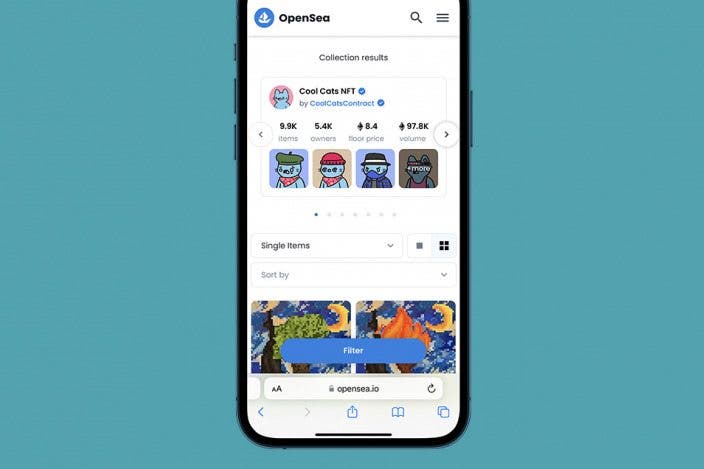
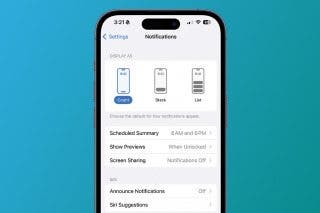
 Amy Spitzfaden Both
Amy Spitzfaden Both
 Rhett Intriago
Rhett Intriago

 Rachel Needell
Rachel Needell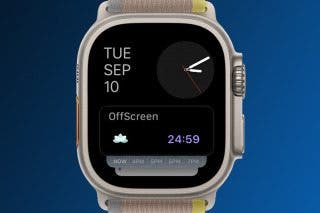
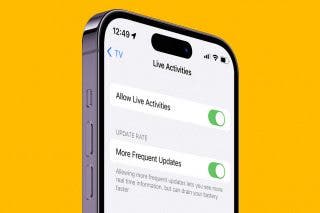

 David Averbach
David Averbach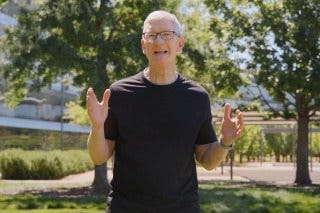
 Ashleigh Page
Ashleigh Page
 Olena Kagui
Olena Kagui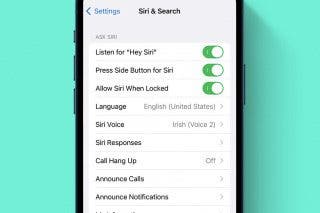
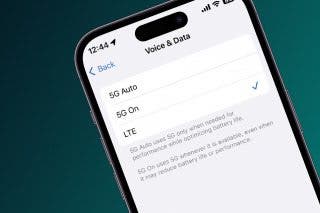
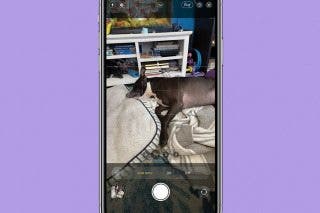
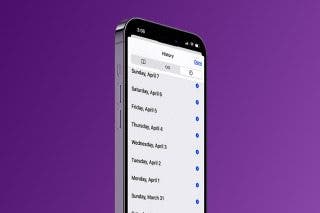
 Leanne Hays
Leanne Hays